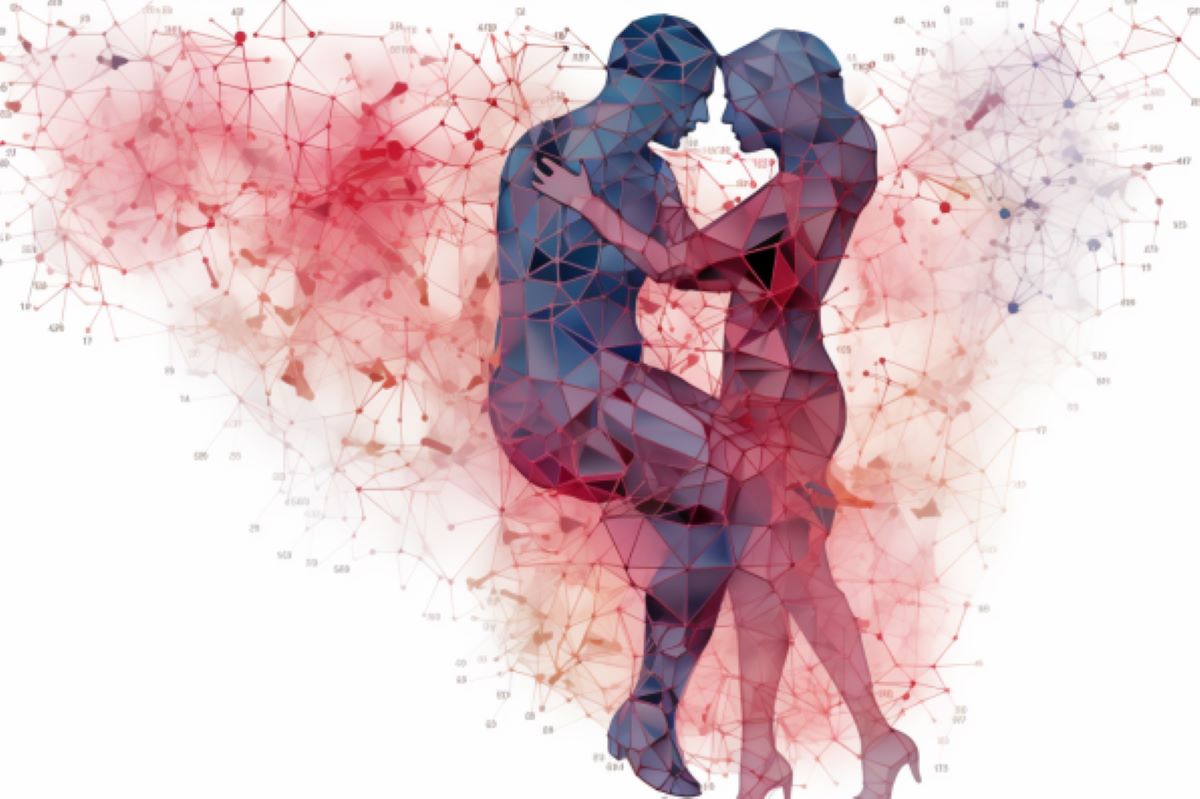Summary: Researchers have created a groundbreaking “map” that illustrates how different types of love are physically and mentally experienced throughout the body.
The study surveyed 27 distinct love forms and found a continuum of weaker to stronger love sensations. Most forms of love were strongly felt in the head, with varying intensities in other parts of the body.
Key findings highlight the universal and distinct physical sensations of love.
Key Facts:
- The study encompassed 27 different types of love, including romantic, sexual, parental, and love for nature or God.
- All types of love were primarily felt in the head, but their intensity and spread varied in different areas of the body.
- There is a strong correlation between the physical and mental intensity of love; the stronger the physical sensation, the stronger and more pleasant the emotional feeling.
Source: Aalto University
Researchers at Aalto University have created a map indicating where different types of love are felt in the body and the strength of those sensations.
‘It was notable, but not surprising, that the types of love associated with close relationships are similar and experienced most strongly,’ says philosopher Pärttyli Rinne, the study’s coordinator.
Doctoral researcher Mikke Tavast analyzed the data, while researcher Enrico Glerean developed the research methods. The project was a collaboration between Rinne and Professor Emeritus Mikko Sams.
The team surveyed participants on how they experienced 27 different types of love, such as romantic love, sexual love, parental love, love for friends, strangers, nature, God, or themselves. They asked the participants where they felt each type of love in their body and the intensity of the physical and mental sensations.
Their findings, published in Philosophical Psychology, suggest that different types of love exist on a continuum from weaker to stronger.
All types of love were strongly felt in the head, but they differed in other parts of the body. Some were only felt in the chest, while others were felt throughout the entire body. The strongest forms of love were felt most extensively.
To create the map, the researchers collected data from hundreds of participants through an online survey. The majority of responses came from young women in higher education. Participants were asked to indicate on a body silhouette where they felt each type of love.
They were also asked about the physical and mental sensations, the pleasantness of the feeling, and its association with touch. Additionally, they rated the closeness of each type of love.
‘Love between people can be categorized as sexual or non-sexual. The types of love that are closely related are those with a sexual or romantic dimension,’ Rinne explains.
‘It was also interesting to observe the strong correlation between the physical and mental intensity of the emotion and its pleasantness. The more strongly a type of love is felt in the body, the more strongly it is experienced in the mind and the more pleasant it feels,’ Rinne adds.
Rinne mentions that the team was intrigued by the fact that all types of love are felt in the head.
‘When we move from strongly felt types of love to less strongly felt ones, the sensations in the chest area become weaker. It is possible that love for strangers or wisdom, for example, is associated with cognitive processes. It is also possible that there are pleasant sensations in the head area. This is something that should be further investigated,’ Rinne suggests.
Rinne also acknowledges that there are cultural differences in experiencing love and that the demographics of the study group are associated with love experiences.
‘If the same study were conducted in a highly religious community, love for God might be the most strongly experienced type of love. Similarly, in our ongoing brain study project with parents in relationships, love for children could be the strongest type of love,’ Rinne explains.
Funding: The research received funding from the Kone Foundation, the Academy of Finland, and the Emil Aaltonen Foundation.
About this brain mapping research news
Author: Sedeer el-Showk
Source: Aalto University
Contact: Sedeer el-Showk – Aalto University
Image: The image is credited to Neuroscience News
Original Research: Open access.
“Body maps of loves” by Mikko Sams et al. Philosophical Psychology
Abstract
Body maps of loves
Love is a fundamental biological, psychological, sociological, and religious phenomenon. Philosophers have often differentiated between various types of love, such as self-love, romantic love, friendship love, love of God, and neighborly love.
However, psychologists and neuroscientists have primarily focused on understanding the emotions, behaviors, and neural mechanisms associated with romantic love and parental love.
We lack empirical knowledge on how different types of love are experienced as embodied feelings and how these experiences relate to one another.
In this study, we identified 27 different types of love.
Using self-report measures, we examined 1) the topographical embodiment of subjective feelings associated with different types of love, 2) the association between different types of love and self-reported emotional valence, strength of bodily and mental experiences, association with touch, time elapsed since last experience, and controllability, and 3) the perceived similarity between different types of love. Our study provides the first mapping of embodied experiences associated with different types of love.
The results demonstrate that the subjective feelings related to different types of love exist along a continuum from strongly to weakly felt loves.
>
Denial of responsibility! Vigour Times is an automatic aggregator of Global media. In each content, the hyperlink to the primary source is specified. All trademarks belong to their rightful owners, and all materials to their authors. For any complaint, please reach us at – [email protected]. We will take necessary action within 24 hours.


